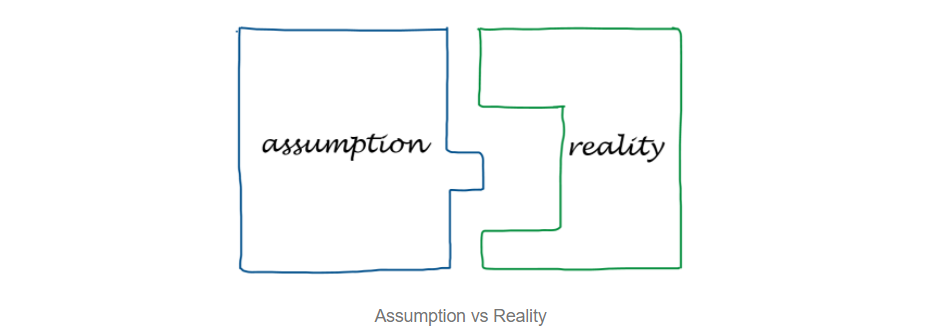This is the second and final post summarising the main ideas from the book The Constraints of Corporate Tradition; Doing the Correct Thing, Not Just What the Past Dictates by Alan Kantrow.
If you missed it, here’s the first post. TL;DR - Novel insights harden into assumptions and categories. Before long we forget the assumptions are man-made and try apply them to new situations. For example, when Captain Cook and his men arrived in Australia and saw a kangaroo for the first time they thought it was a large mouse. Tradition shapes our thinking without us noticing.
Subtle Signs of Tradition
In the last post I outlined that the solution to breaking the mould of tradition is to dig into history to understand why a certain assumption was held at a certain time. Once we know the context of an assumption’s origin, we can figure out whether it’s still applicable.
This is slightly harder than we think - we can’t simply lay out the history of a particular endeavour without knowing what exactly we’re looking for. Instead, we have to look for the subtle signs that suggest things don’t work anymore. We may not know exactly why they don’t work, but we need to look for the “remnants of the past that don’t make sense in present terms - the useless, the odd, the peculiar, the incongruous - are signs of history.”
Once we understand where old assumptions don’t fit reality, we can begin to dig deeper and understand their original context.
The Double-Edged Sword of Tradition
Not all tradition is bad. On the whole, tradition is good. The small things that shaped the beginning of an organisation’s journey solidify into concrete parts of the culture, holding it together. Tradition is important for two reasons:
-
It defines the elements and peculiarities of an organisation. Without this, most organisations will feel the same.
-
It creates a feeling of community (held together by a shared history) and builds allegiance to the wider organisation
Iteration vs Discovery
Tradition also includes all the failed projects and ideas that didn’t work in a particular context and a particular time. We can use those to our advantage - an idea that was too early for its time may fit perfectly into today’s context.
Looking back, it’s easy to think of invention (for example, of an new process) as a one-off event, but the reality is that invention is the act of putting together a series of smaller discoveries, some of which didn’t work in their original context.
To illustrate this point the author gives a former Ford executive’s account:
Henry Ford had no ideas on mass production. He wanted to build a lot of autos. He was determined, but, like everyone else at that time, he didn’t know how. In later years he was glorified as the originator of the mass production idea. Far from it; he just grew into it, like the rest of us.
Every organisation has a treasure chest of ideas and experiments that didn’t work, so the key is to recognise that it exists and examine it from time to time.
Conclusion
In short, we remember what but not why, and therefore tradition shapes our thinking. To use it to our advantage, we need to remember its context so that we can discard the useless parts of tradition and also to revive old ideas that may be applicable now.
